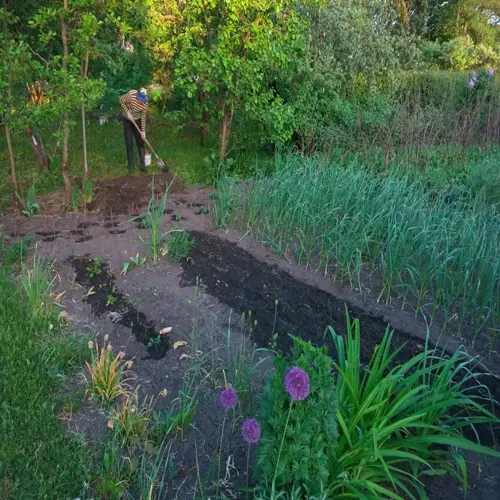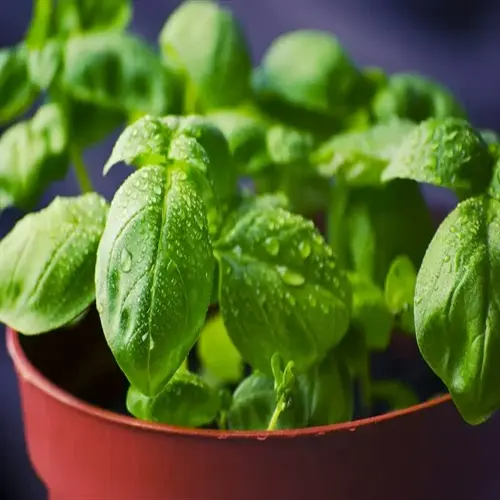What makes garlic challenging to grow?

Written by
Michael Sullivan
Reviewed by
Prof. Martin Thorne, Ph.D.Growing garlic presents its own challenges that require specific biological considerations. Growing garlic requires no particular talent; it is simply a matter of understanding the vernalization parameters and moisture needs throughout all the critical growth stages. I have learned these along the way. Over the years, testing and error led to the following conclusions.
Vernalization Requirements
- Hardneck varieties need 6-8 weeks below 40°F (4°C)
- Insufficient cold prevents bulb formation entirely
- Spring planting requires artificial refrigeration
Moisture Sensitivity
- Overwatering causes fungal rot in developing bulbs
- Underwatering stunts growth during spring formation
- Requires precise 1 inch (2.5 cm) weekly during active growth
Depth Precision
- Shallow planting causes frost heave damage
- Excessive depth delays emergence and wastes energy
- Ideal range: 2-4 inches depending on climate
Regional adaptation resolves almost every issue. Northern gardeners must protect their plants from extreme cold by making informed choices about proper mulch. Southern growers must carefully manage their watering schedules to prevent plant diseases, such as rot. I adjust these practices yearly based on erratic weather and soil conditions.
It is possible to avoid most problems with preventative tactics. Select disease-resistant varieties that are well-suited to your climate. Prepare the soil with adequate drainage, well in advance of planting in the spring. Rotate the garlic location on an annual basis to prevent the accumulation of diseases. I keep track of my successful and less successful experiences in my garden journal each season.
Timing accuracy is paramount. If planted early, cloves rot long before roots form; if planted too late, roots are underdeveloped for winter. I look for consistent soil temperatures under 50°F (10°C) as my cue to plant in fall.
Read the full article: When to Plant Garlic Perfectly

